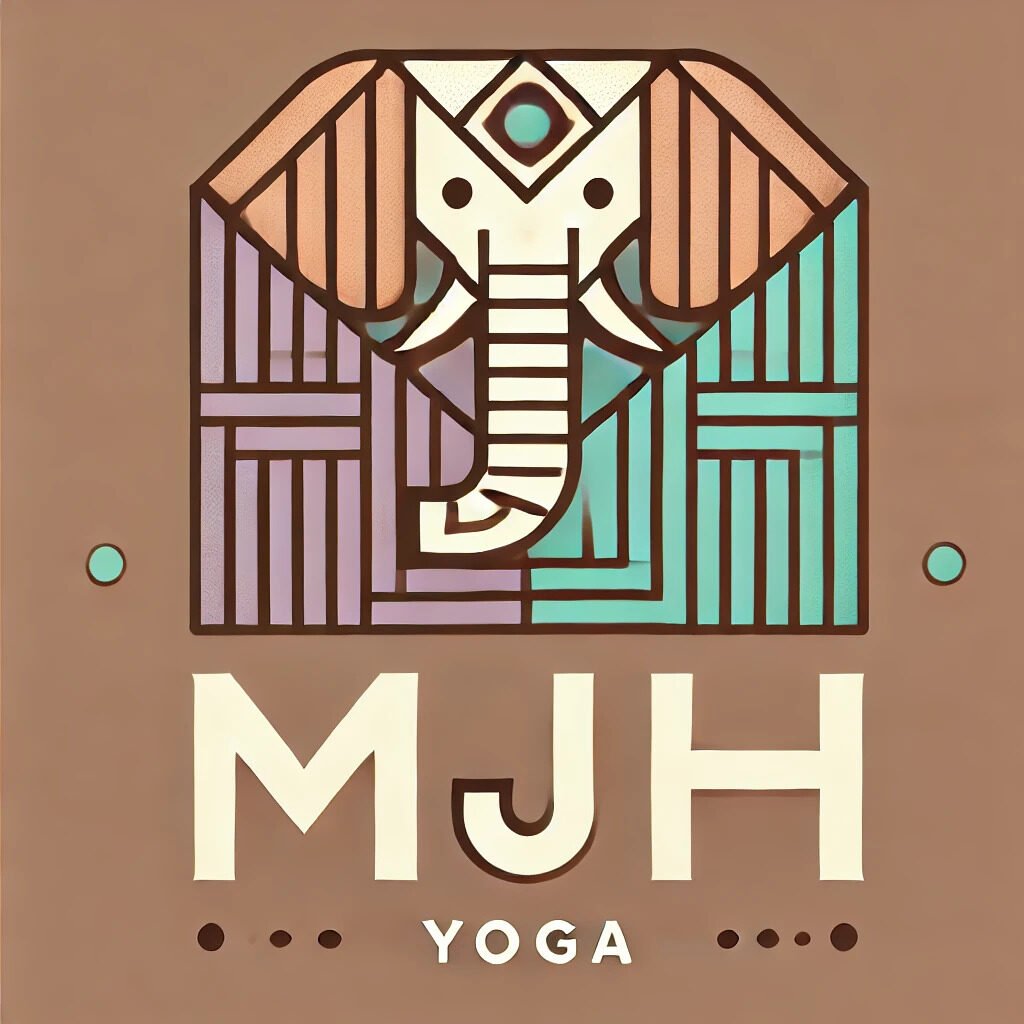Three Radical Shifts as You Grow in Yoga
Three Radical Shifts as You Grow in Yoga There’s a moment—somewhere between your second Utkatasana and your fourth sun salutation—when you realize yoga is working on more than just your hamstrings. Sure, you came to class for the promise of better posture or to finally get your feet behind your head without causing orthopedic concern. But then something… shifts. Maybe it’s the way you start to breathe when someone cuts you off in traffic. Maybe it’s the fact that you now notice your jaw clenching before your jaw files for emancipation. These shifts aren’t random. They unfold through what I’ve come to see as three radical, interconnected layers of transformation: goal setting, energetic awareness, and intuitive integration. And spoiler alert: none of these involve getting…
